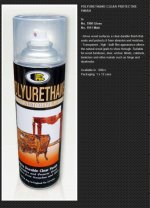This user has no status.
This user has no status.
Member
hi guys ,so i placed and order for a paddle but i noticed they provided a lacquering service ,i've never had this done to any of my paddles ,is this something i should do ,and why ? and what is it ,besides the obvious?











